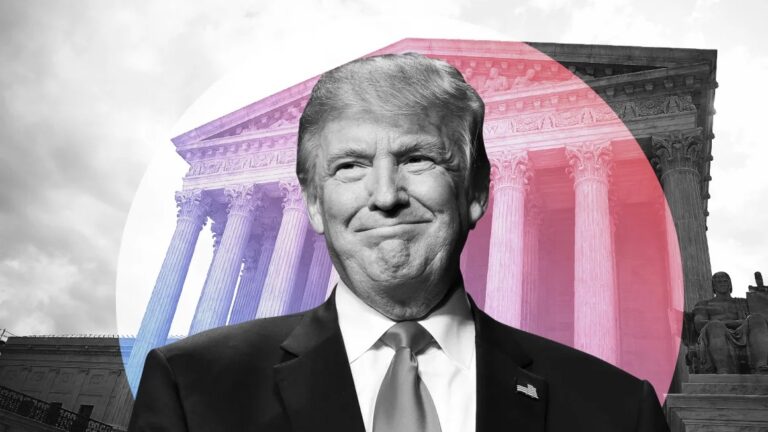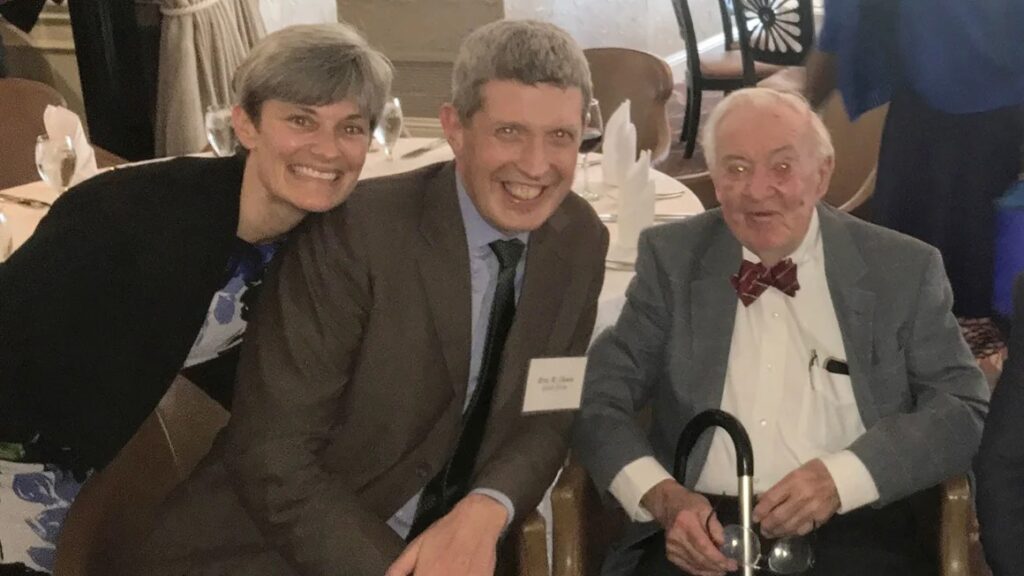The immense power of former Supreme Court law clerks
Read This
Twenty years ago, as Supreme Court justices were deciding cases that tested college affirmative action, a ban on same-sex relations and a “three-strikes” law that put convicts in prison for life, their elite young law clerks were growing agitated and divided.
Some conservative clerks stopped eating lunch with their liberal counterparts and abandoned weekly “happy hours.” Even a benefit Jell-O-eating contest (no hands) generated ideological discord over the charity groups selected for the money raised.
Today, many of the 35 clerks from that contentious session, two decades into their own careers, are at the center of America’s most incendiary legal battles. The ideological fault lines from their time at the court are today shaping constitutional law and US politics.
Read the rest on CNN
Behind the scenes the day Roe died
Less Of This

On Feb. 10 last year, Justice Samuel A. Alito Jr. showed his eight colleagues how he intended to uproot the constitutional right to abortion.
At 11:16 a.m., his clerk circulated a 98-page draft opinion in Dobbs v. Jackson Women’s Health Organization. After a justice shares an opinion inside the court, other members scrutinize it. Those in the majority can request revisions, sometimes as the price of their votes, sweating sentences or even words.
But this time, despite the document’s length, Justice Neil M. Gorsuch wrote back just 10 minutes later to say that he would sign on to the opinion and had no changes, according to two people who reviewed the messages. The next morning, Justice Clarence Thomas added his name, then Justice Amy Coney Barrett, and days later, Justice Brett M. Kavanaugh. None requested a single alteration. The responses looked like a display of conservative force and discipline.
Read the rest on NY Times
The step by step legal strategy to dismantle the Voting Rights Act
Speaking Of...

A right without a remedy is worse than useless — it is a cruel mirage. And that is what conservatives want to do to the Voting Rights Act: Turn it into an illusion.
A new decision by a federal appeals court could accomplish that mission — and poses a stark test for the conservative-dominated Supreme Court. Will it be activist in pursuit of its ideology, or will it respect decades of practice and precedent?
The Voting Rights Act was enacted in 1965, and throughout the subsequent decades, the universal assumption has been that private parties — voters who claim their rights were infringed, or interest groups representing them — could go to court to invoke the law’s protections.
Read the rest on Washington Post
SCOTUS could decide the 2024 election. Seriously.
Stay Vigilant

The Supreme Court has become the ultimate force in the 2024 presidential election as the justices face several disputes over the fate of GOP frontrunner Donald Trump.
The court has been at the center of several election controversies this century, from deciding the winner itself in 2000 in a controversial decision that gave the presidency to George W. Bush to having a vacancy on the bench be a top vote draw for Trump in 2016 and rejecting last-gasp GOP attempts to help Trump cling to power in 2020.
But now the justices will have to determine – quickly – if the former president is even eligible to be on the ballot and whether he’s immune to prosecution from special counsel Jack Smith, both controversies stemming from his efforts to overturn the 2020 election leading up to the January 6, 2021, US Capitol attack.
Read the rest on CNN










